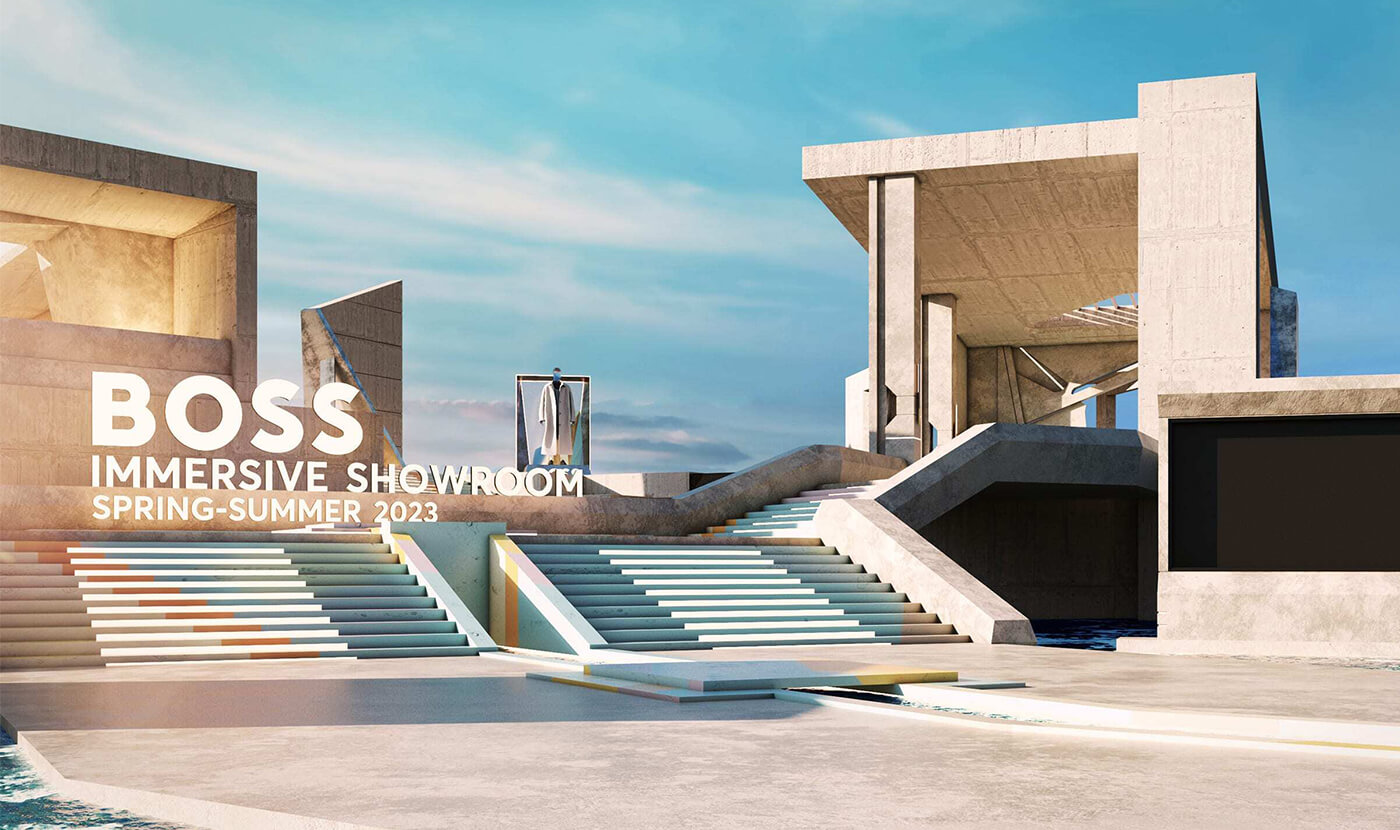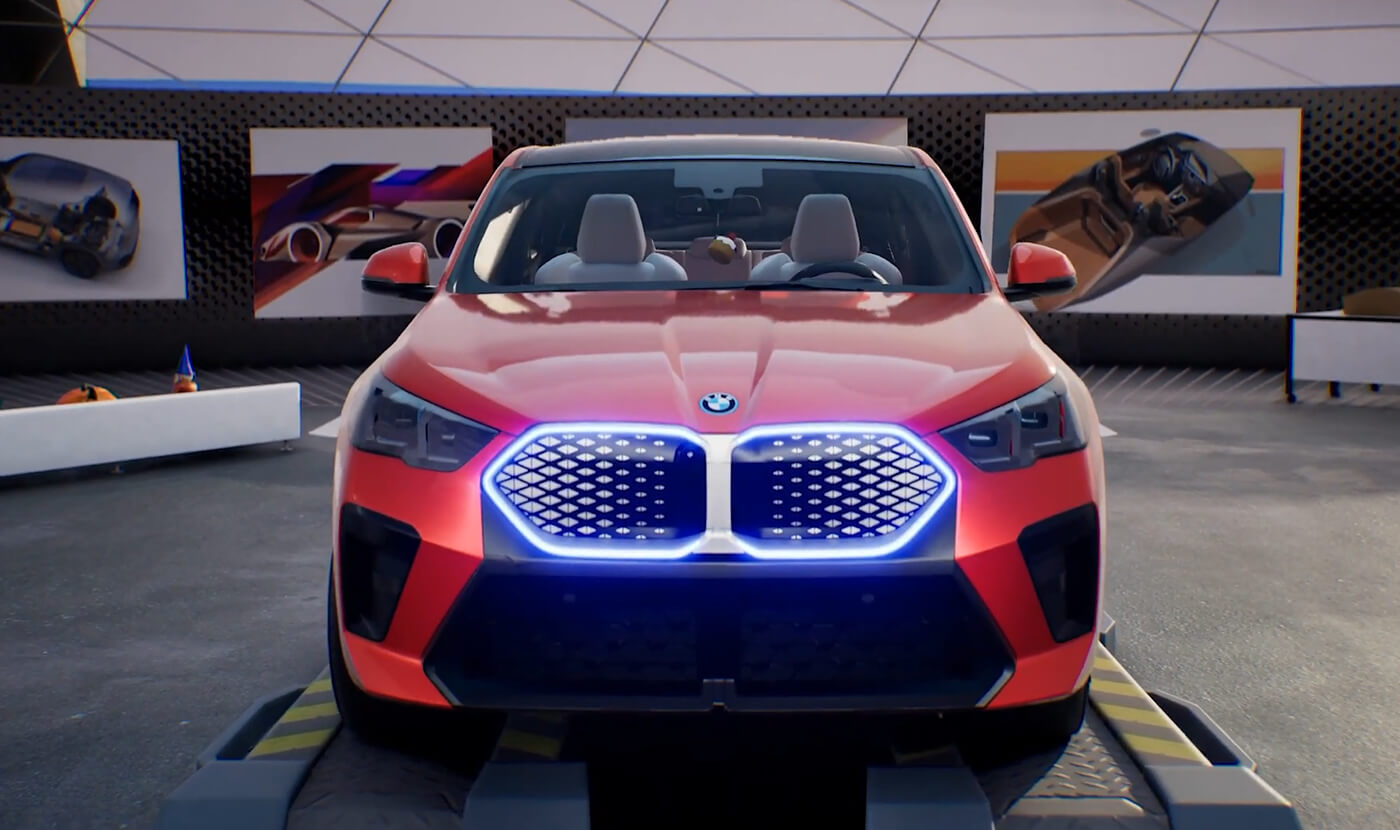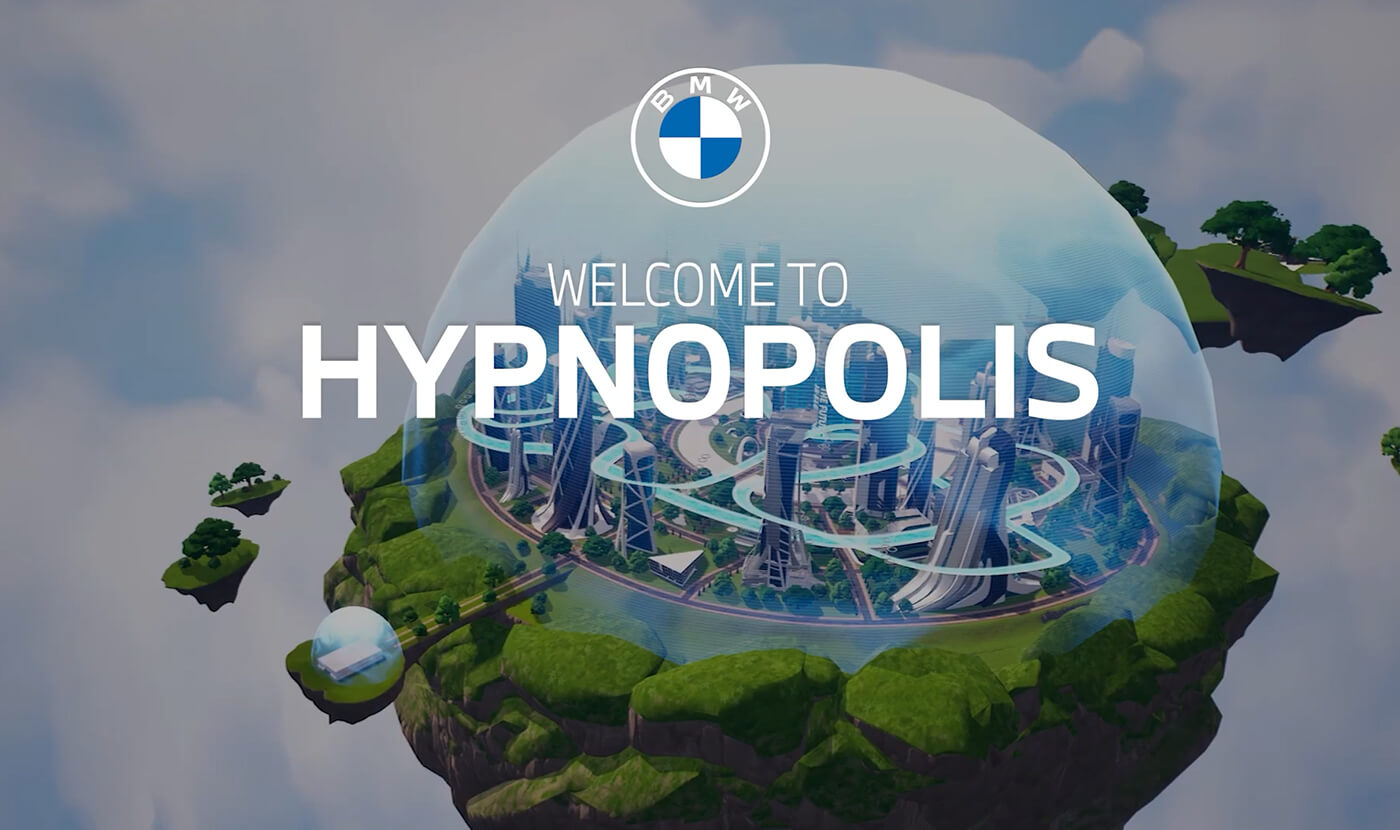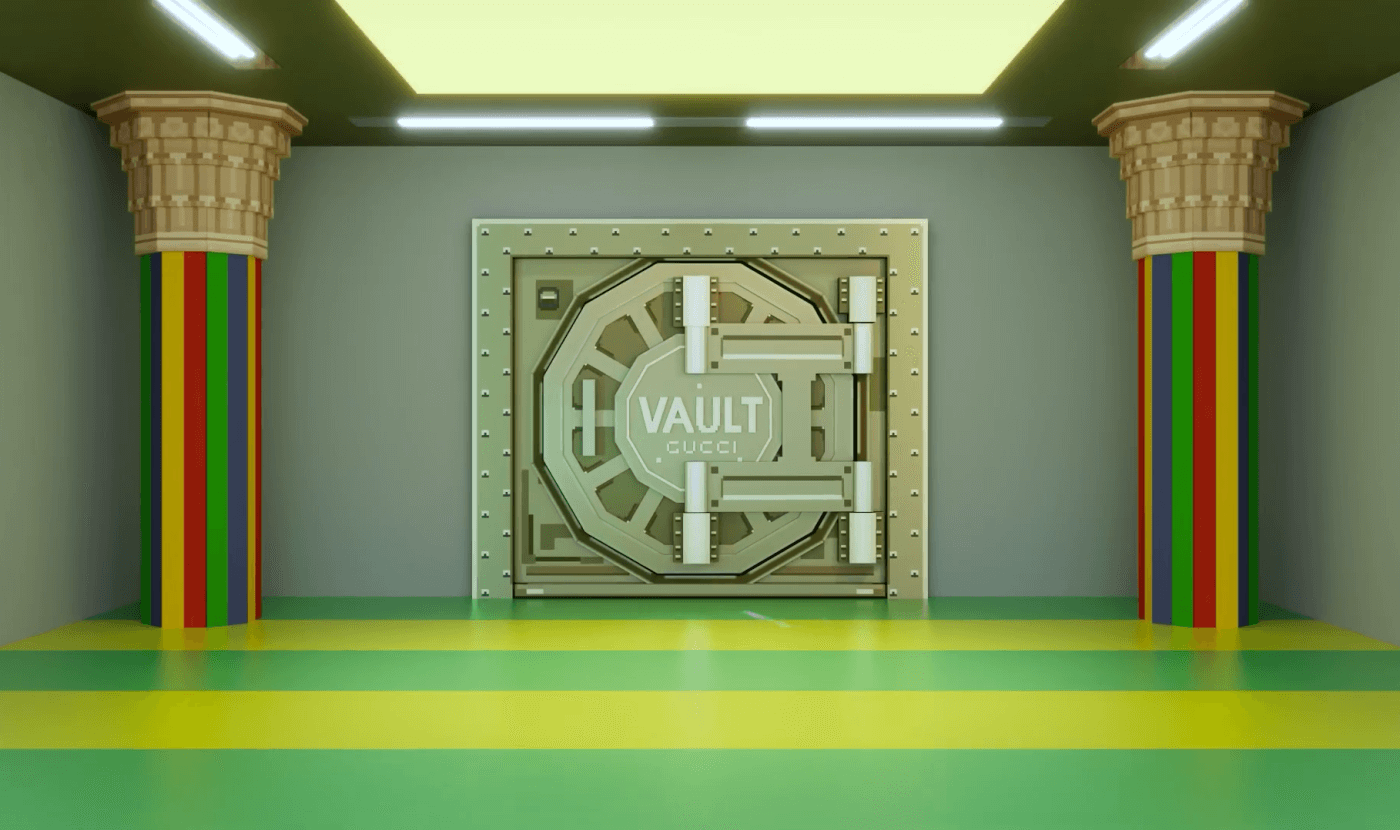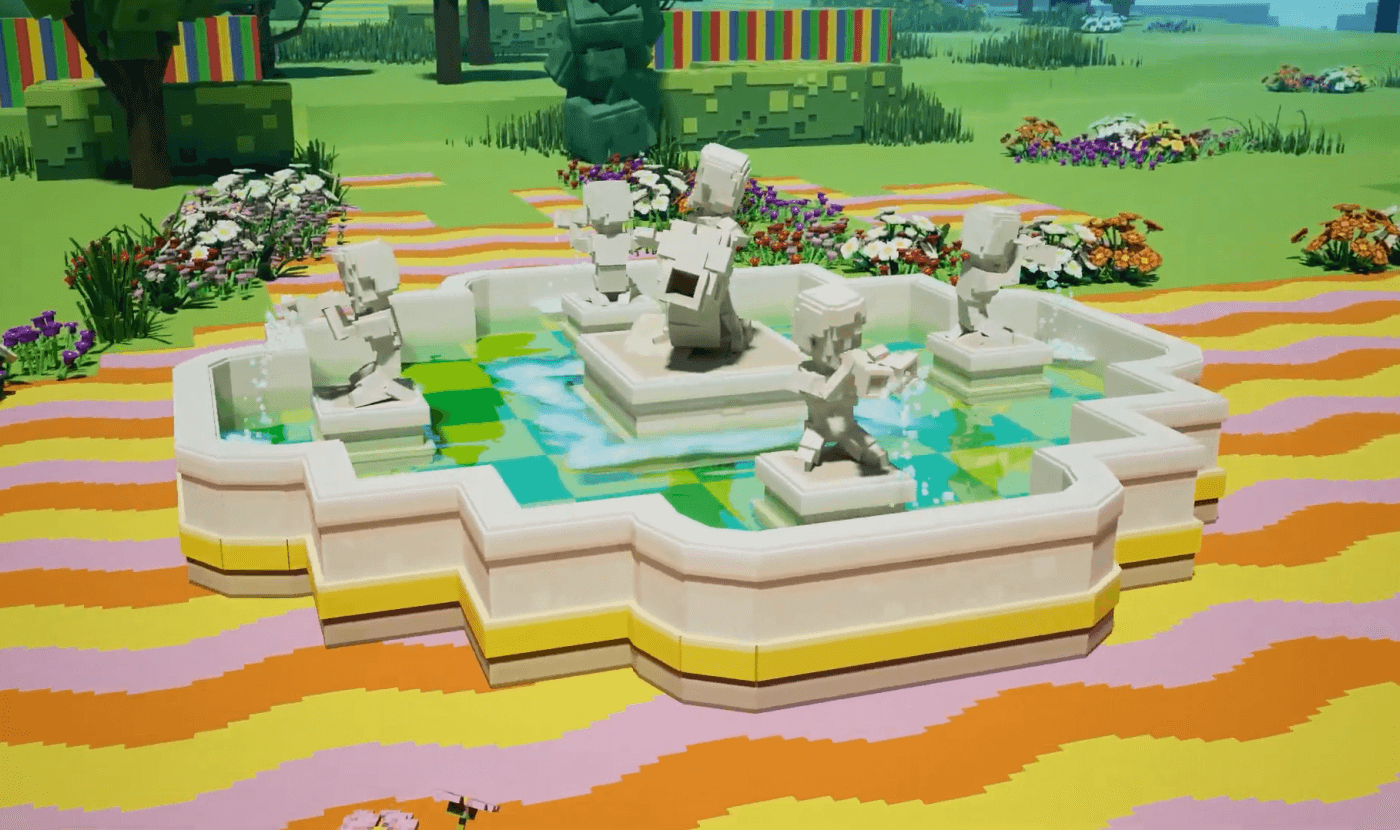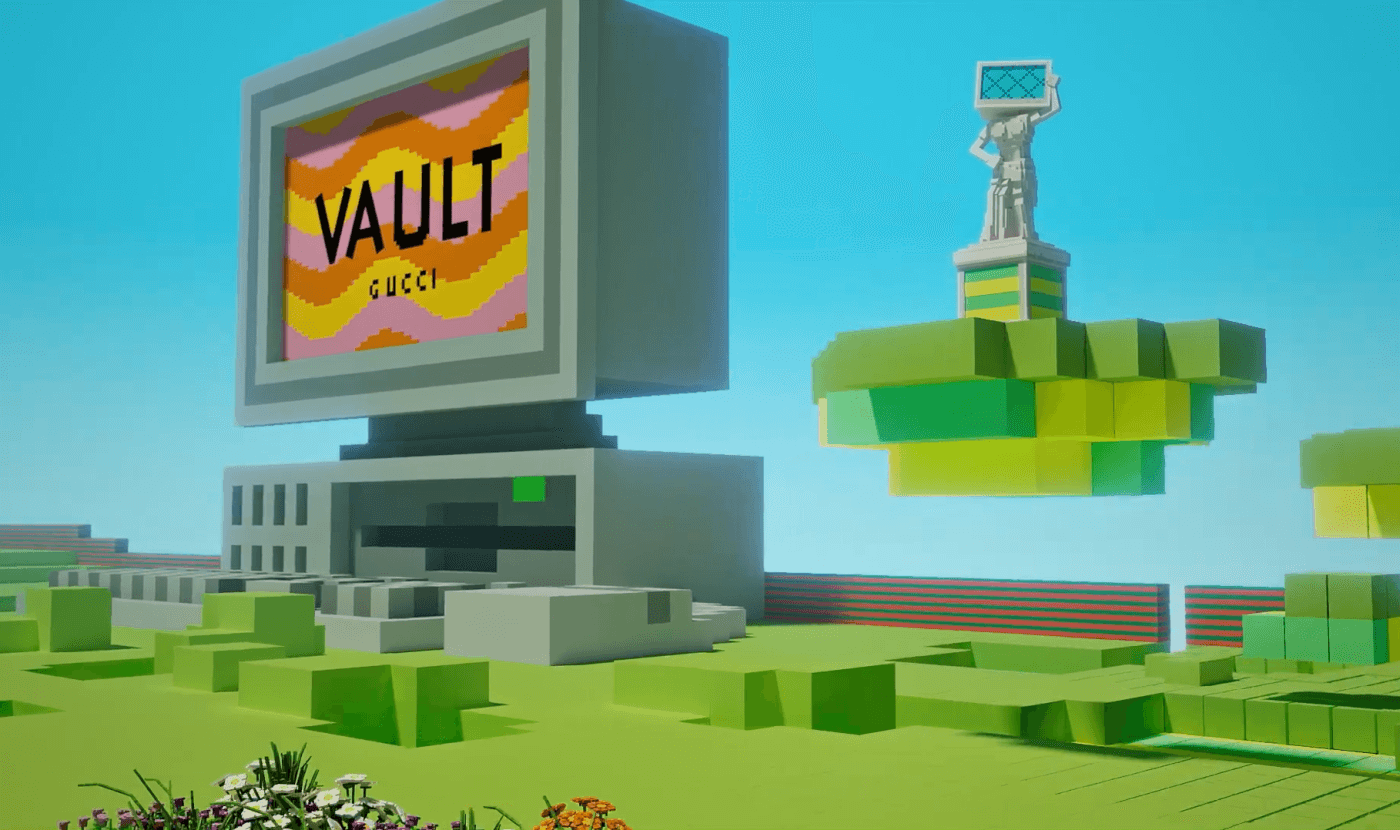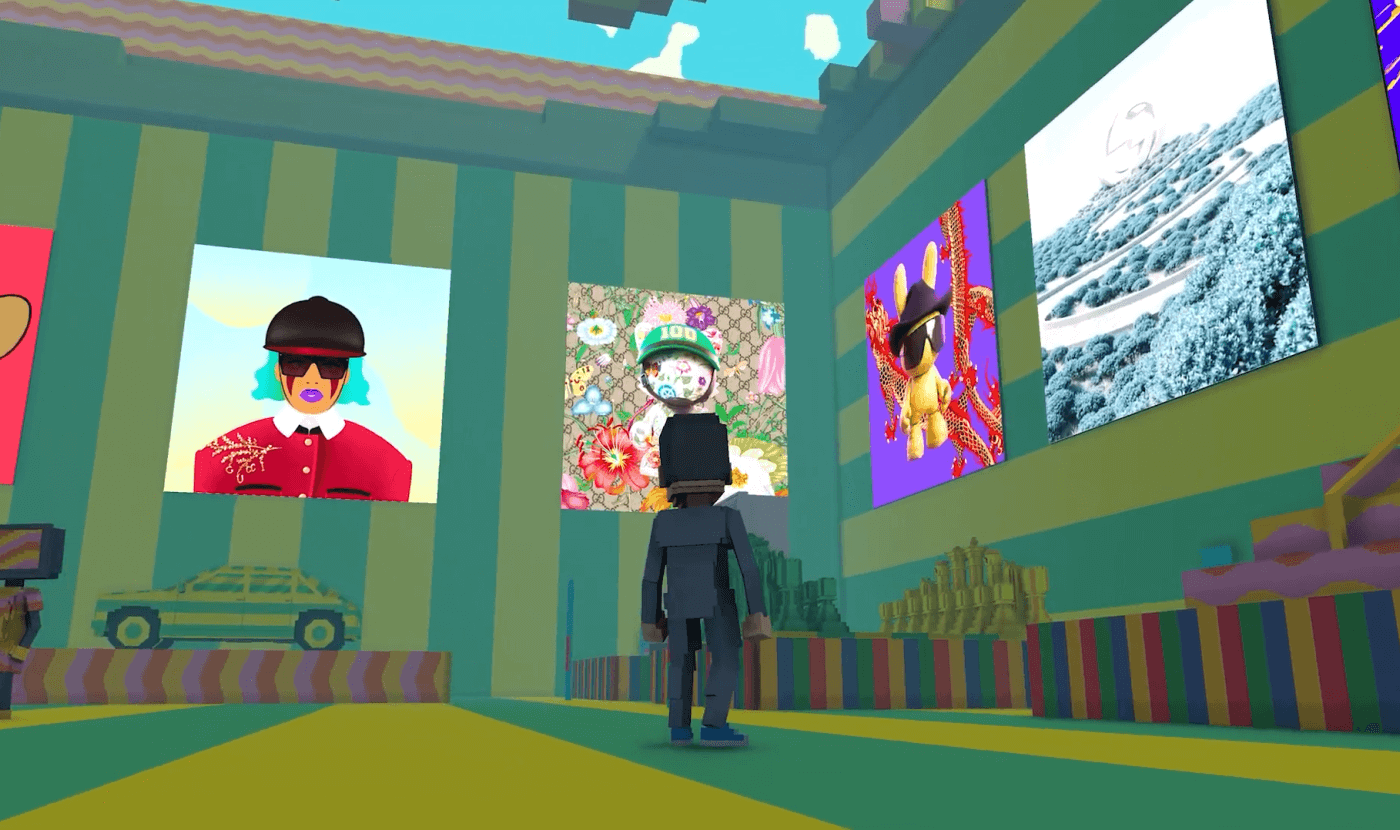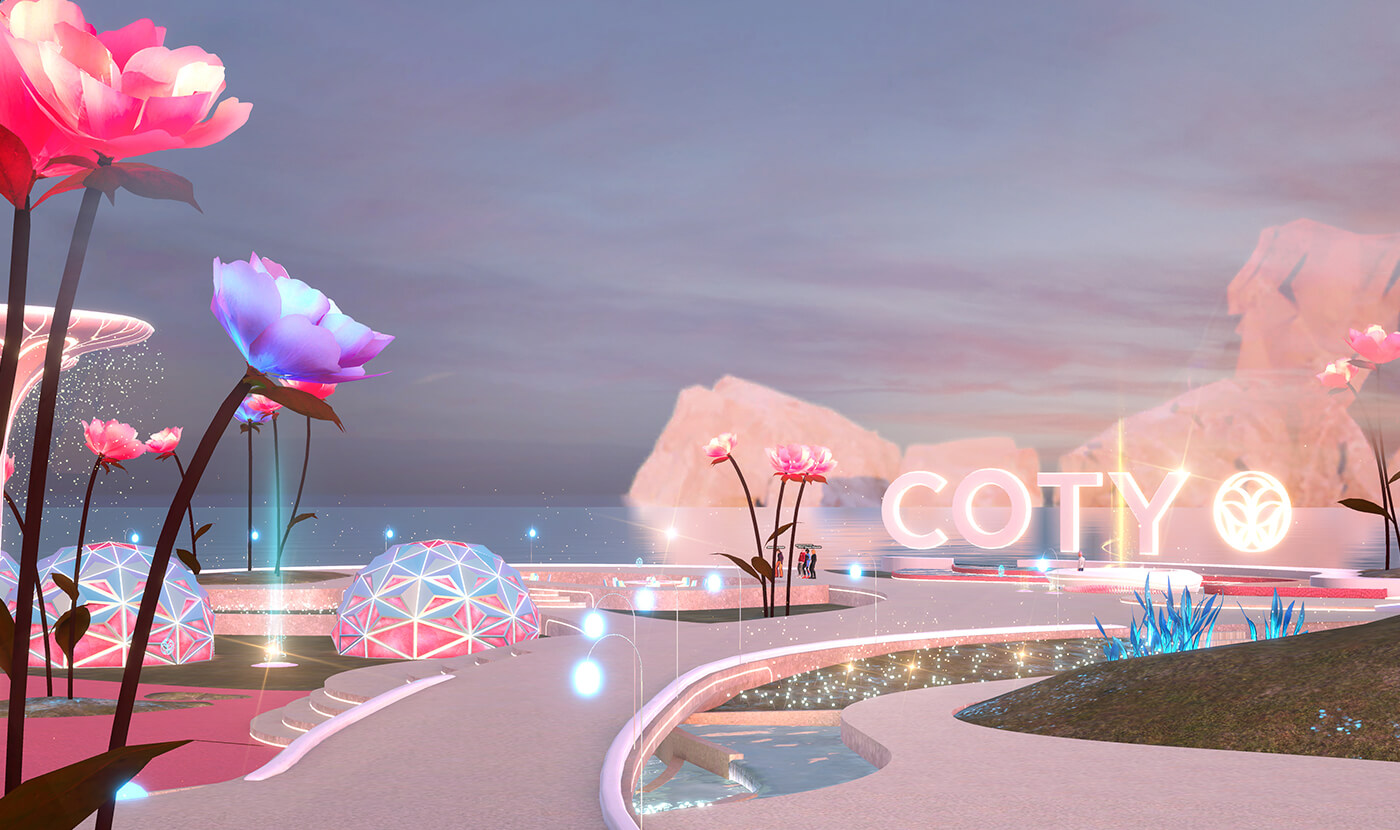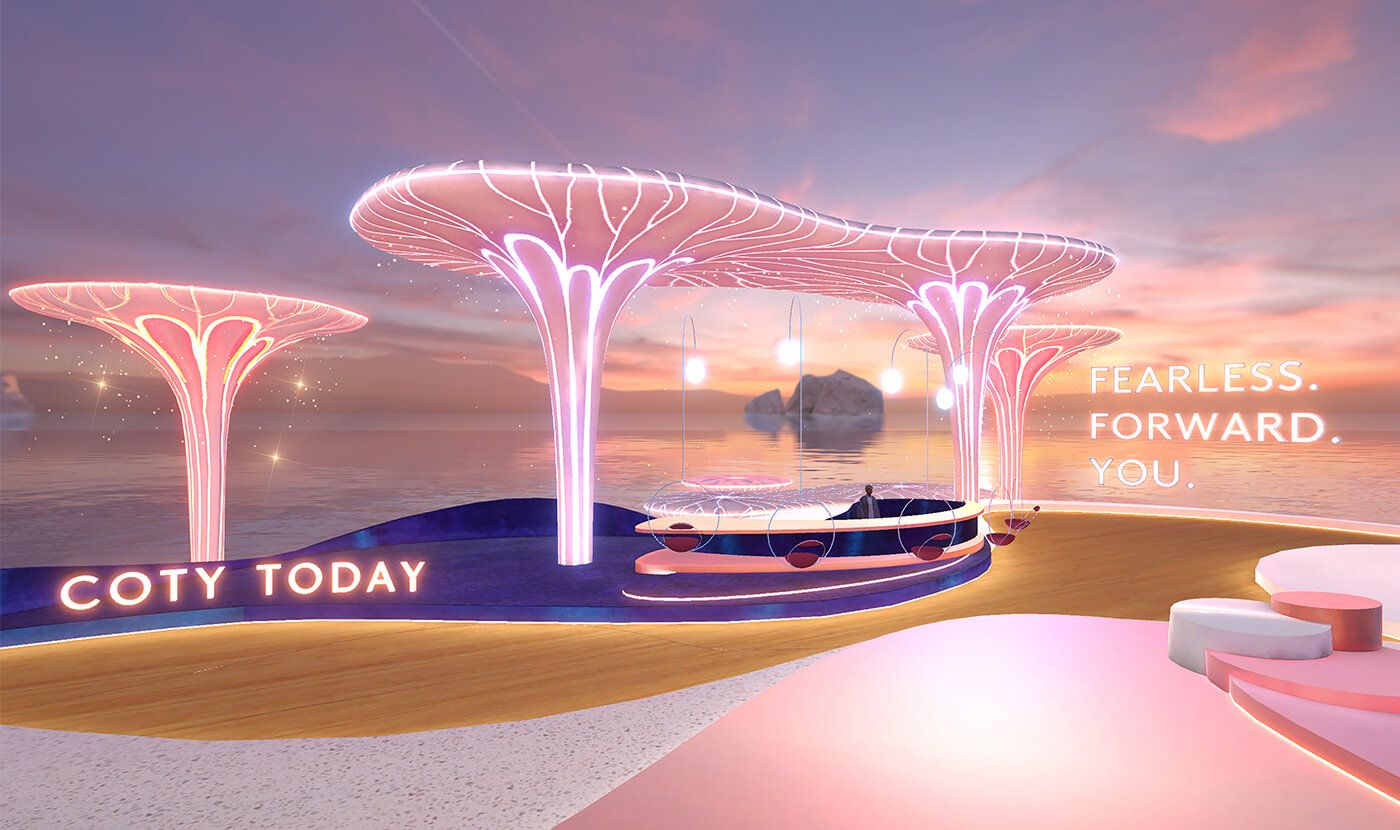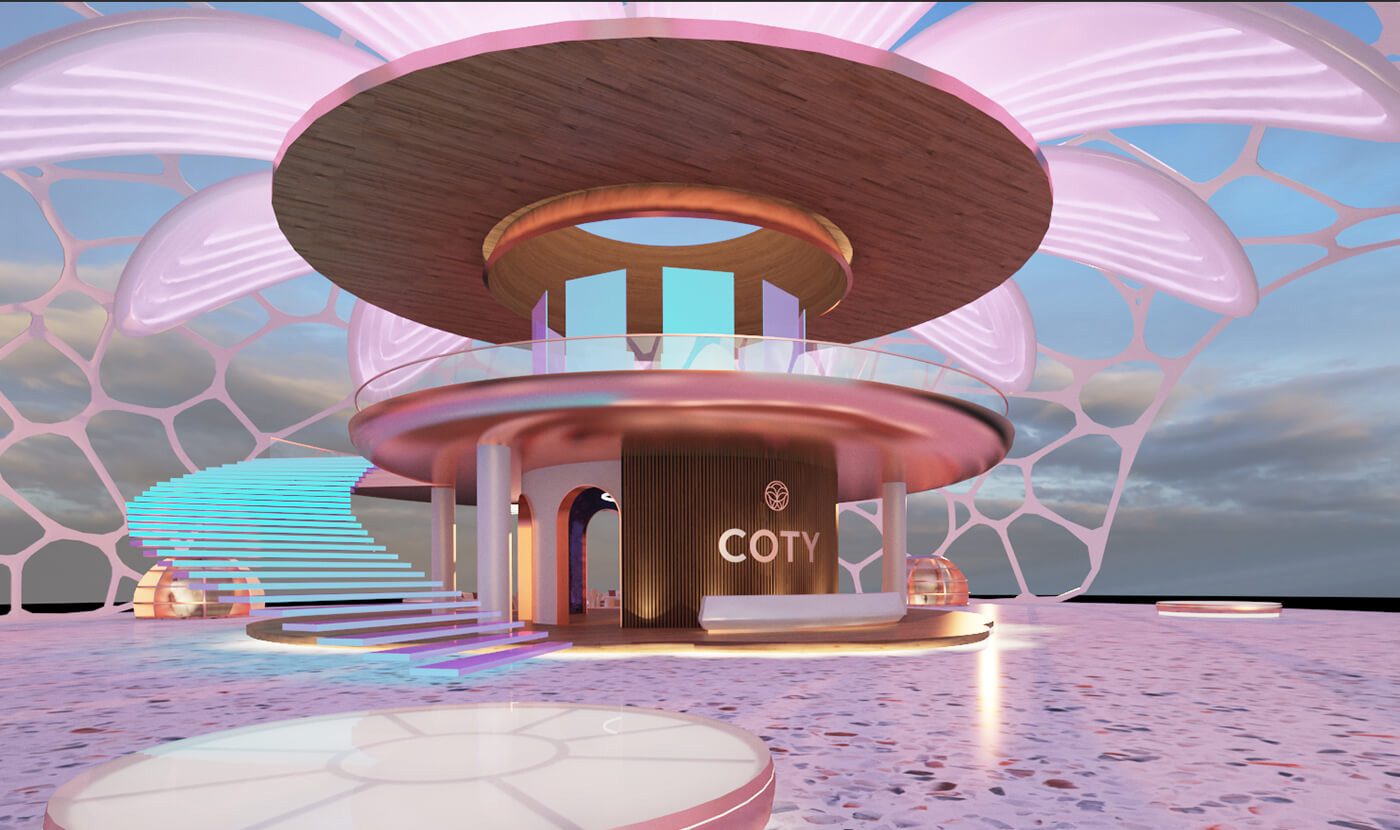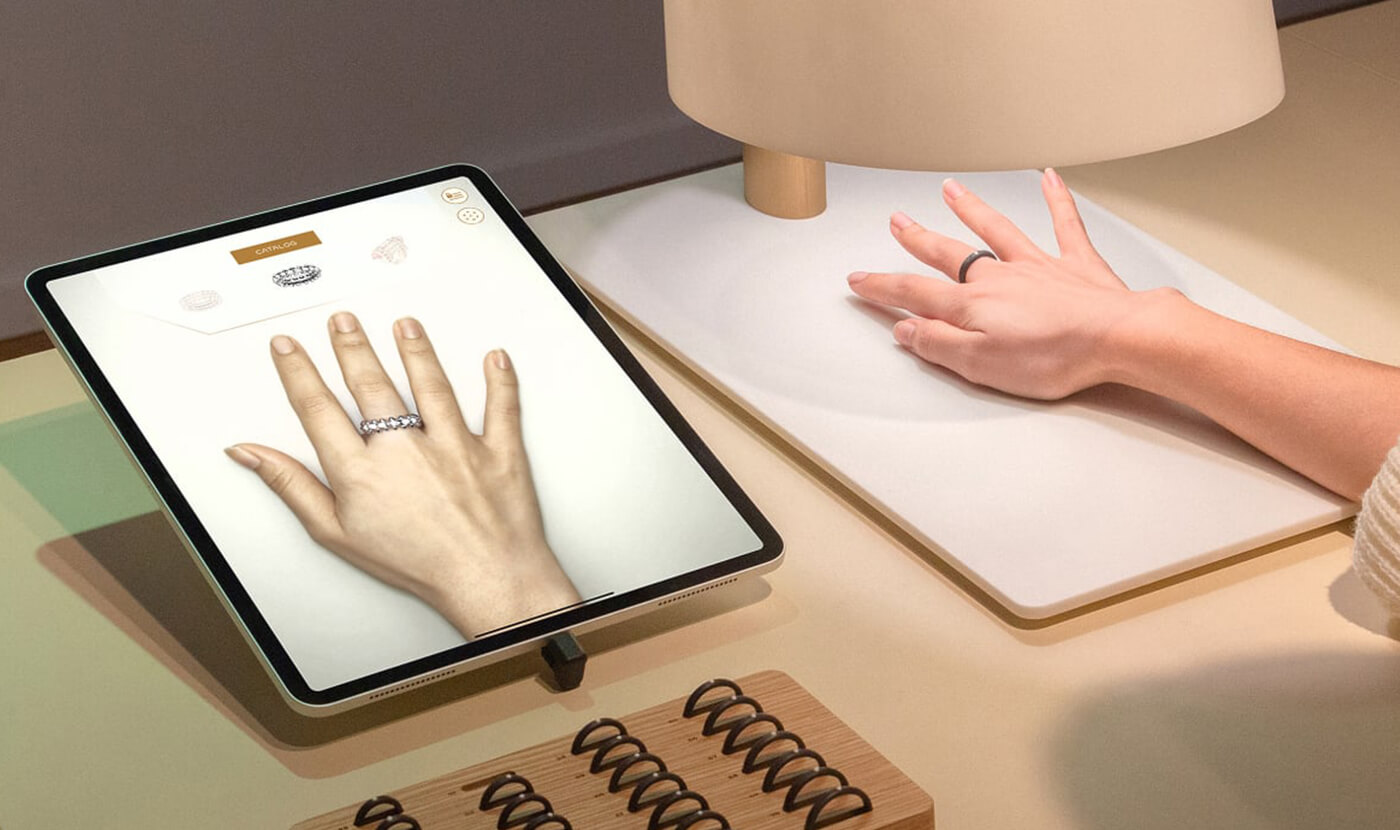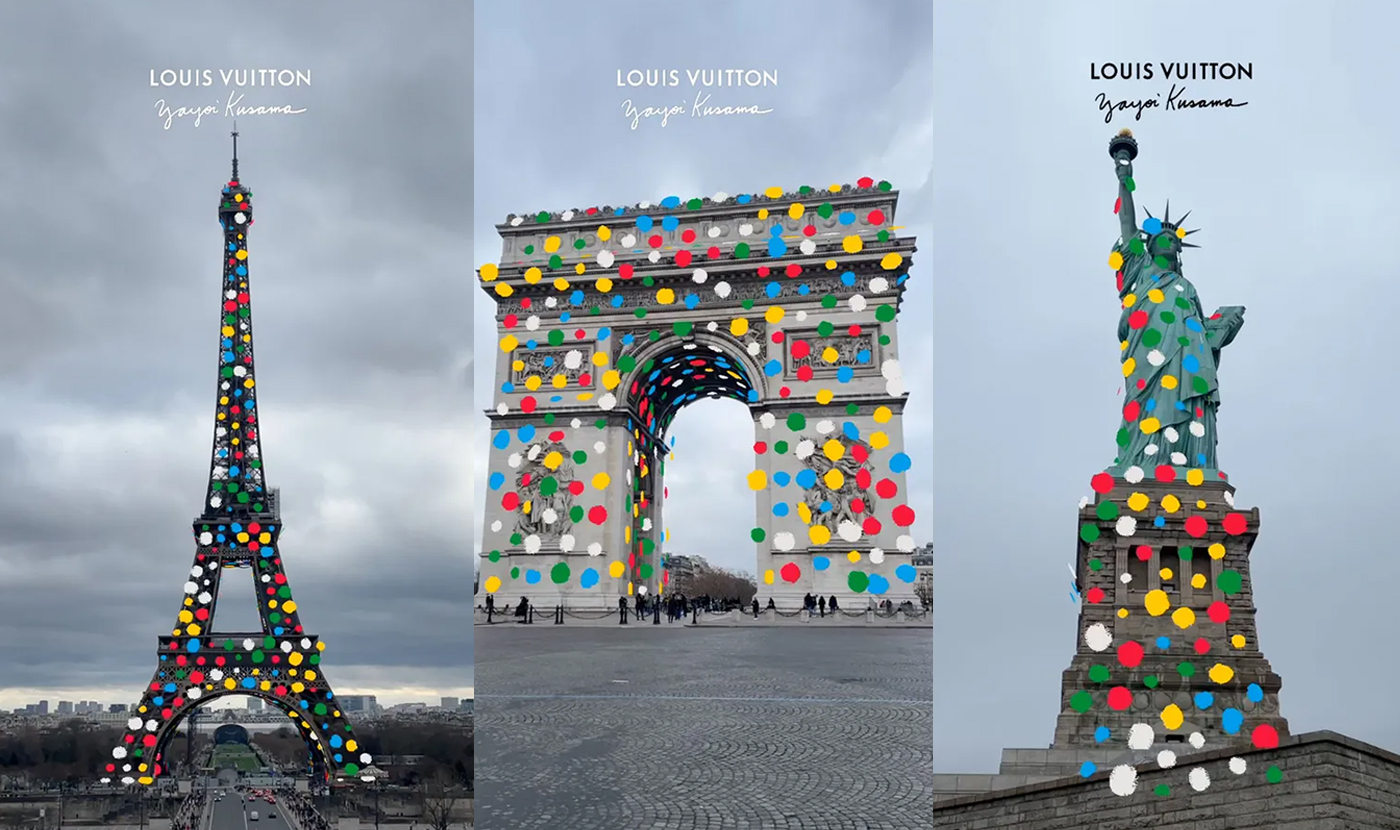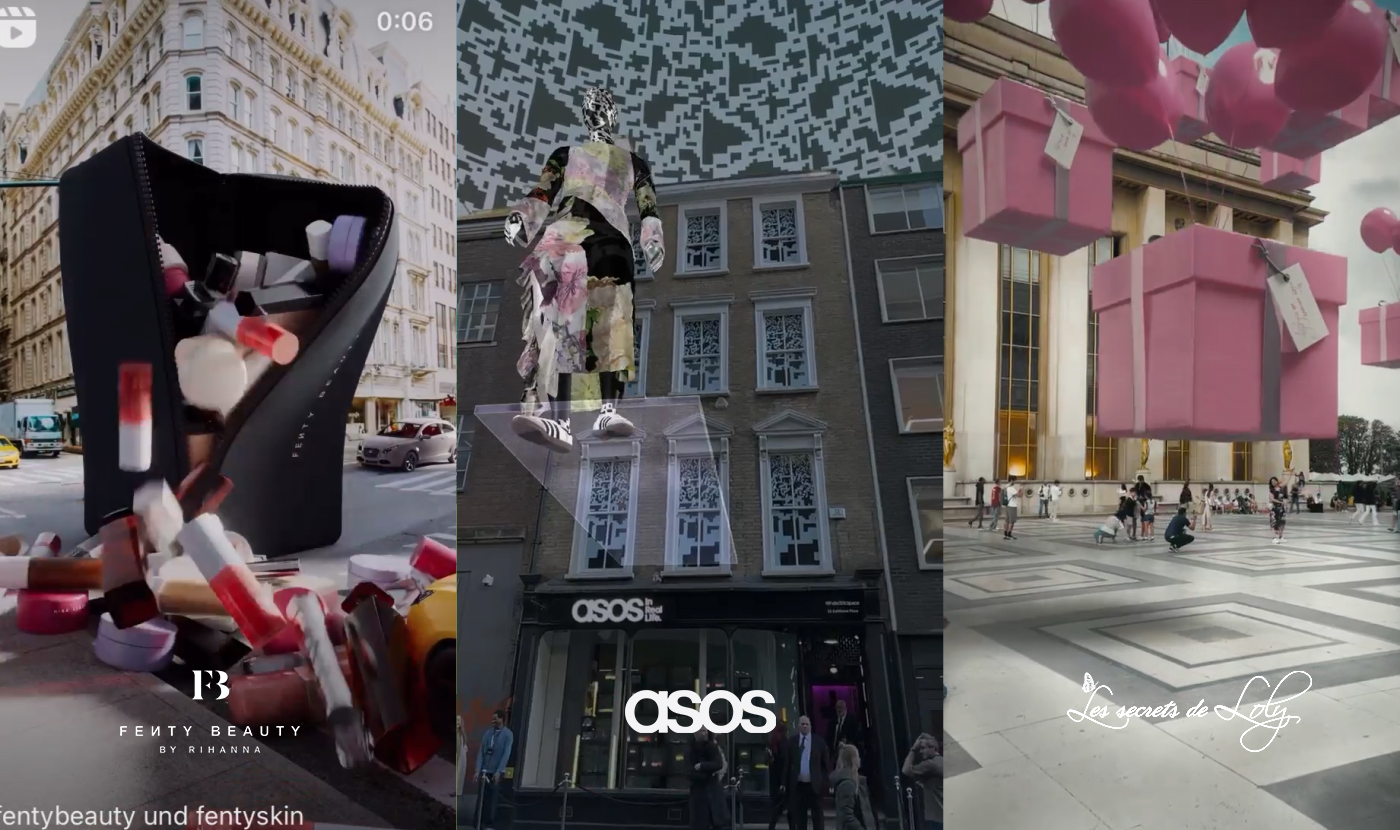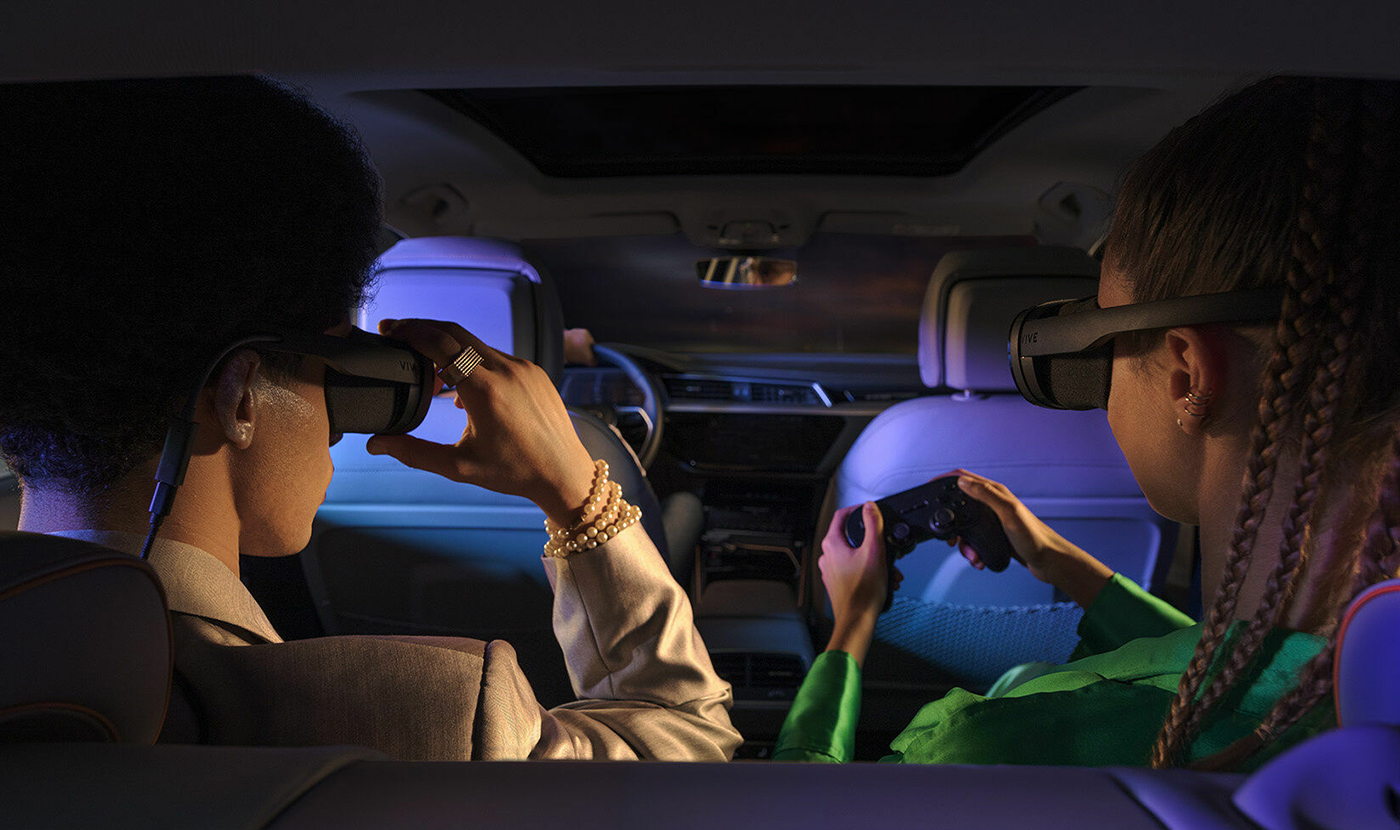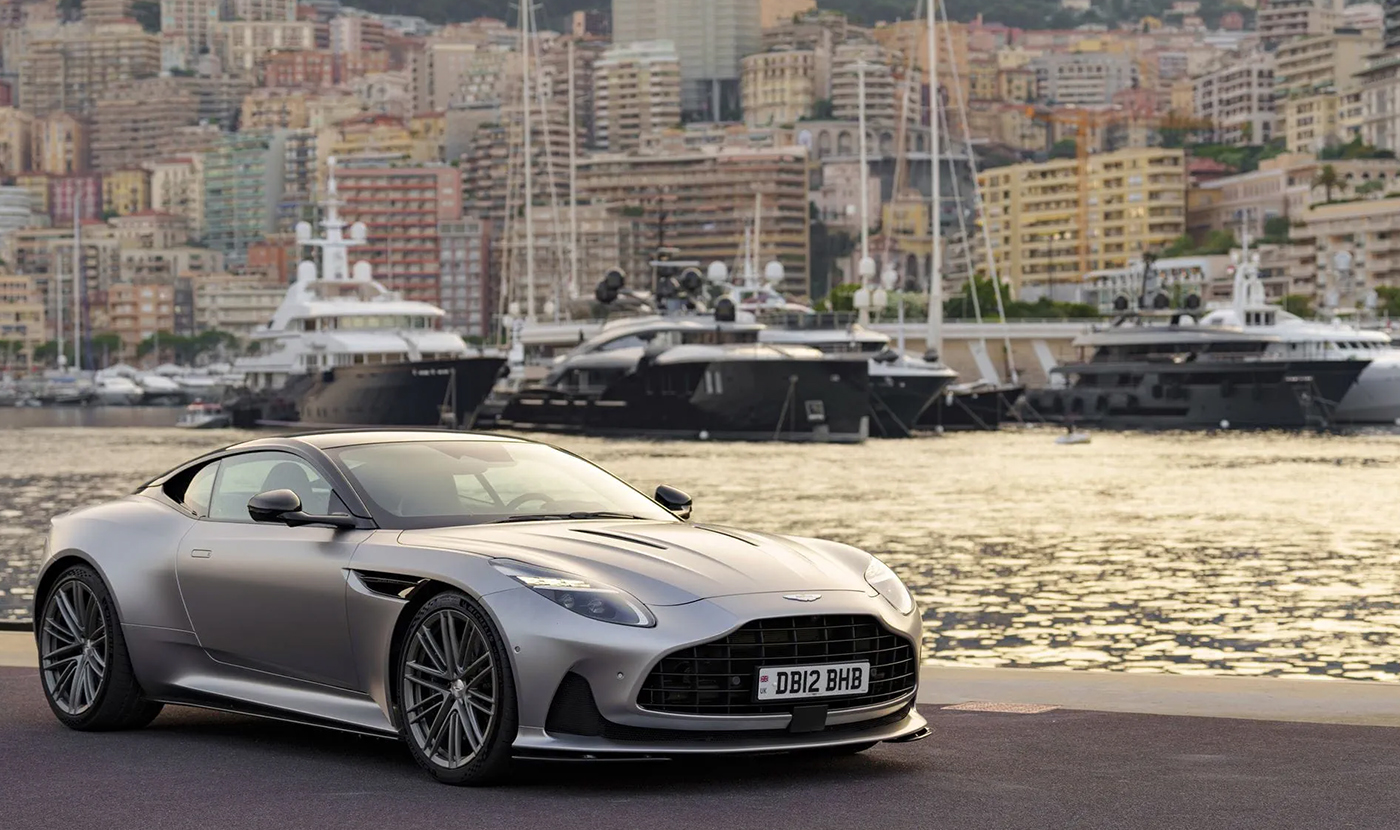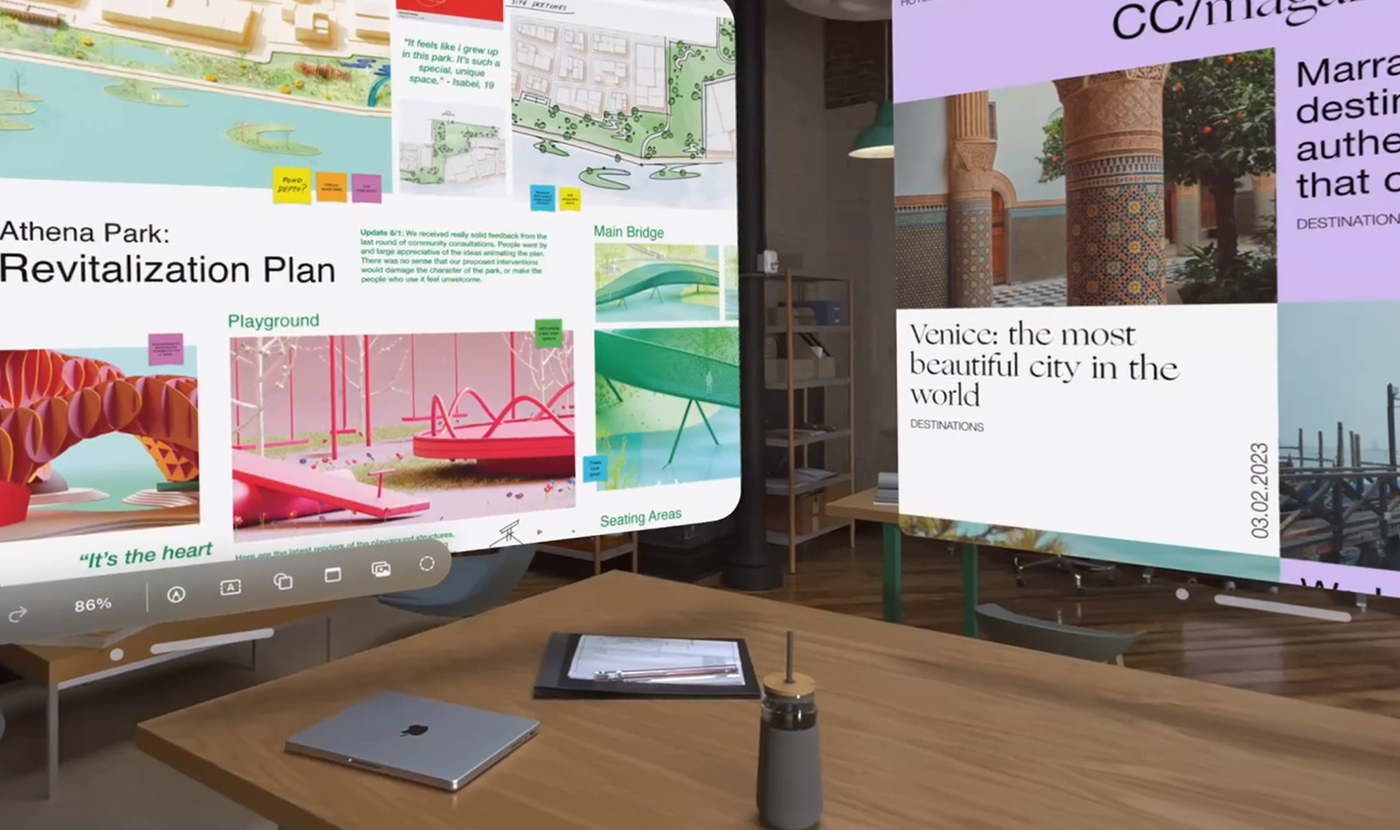- Summary
- Chapter 01 - Understanding Immersive Experiences
- Chapter 02 - The Rising Importance in Today's World
- Chapter 03 - Immersive Experiences in Gaming
- Chapter 04 - Case Studies and Examples in Gaming
- Chapter 05 - Navigating Collaborative Platforms such as Spatial
- Chapter 06 - Apple Vision Pro: A game-changer?
- Chapter 07 - Conclusion

The Complete Guide to Creating Next-Level Immersive Experiences
- Read time 10min
- published 2023.11.22 updated 2024.02.16
-
what
- Blog
- Brands
- Immersive
- phygital
In this comprehensive guide, we dive into the fascinating world of immersive experiences and how they redefine content, virtual commerce, self-identity through avatars, gamification, and community engagement.
We’ll explore how platforms like Roblox and Fortnite are redefining gaming, how metaverse platforms like Spatial and Decentraland open new dimensions of interaction, and how augmented reality (AR) and virtual reality (VR) are transforming our perception of reality.
This guide is key to understanding and crafting immersive spaces in metaverse platforms that dazzle and engage. Whether you're a creator, educator, marketer, or simply a tech enthusiast, prepare to delve into a world where possibilities are limitless.
For those looking to not just participate but genuinely make an impact in the metaverse, Exclusible is the partner you seek. With our extensive knowledge and innovative approach, we are the guiding force that can elevate your ventures in this limitless digital landscape.
Join us as we journey through the techniques and insights needed to create digital experiences that are engaging and genuinely transformative in this dynamic digital era.
Understanding Immersive Experiences
An immersive experience is a total immersion in a created environment, often blending the real and virtual worlds. This involves captivating users’ senses through visual, aural, tactile, and sometimes even olfactory elements.
Technologies such as virtual reality (VR) and augmented reality (AR) play a key role in creating spaces where users feel truly immersed.
Technologies like virtual reality (VR) and augmented reality (AR) are vital to making digital spaces feel real.
Here’s how they bring the virtual world to life in simple, everyday terms:
Virtual Reality (VR):
Home Tours: Imagine putting on a headset and walking through a house that’s for sale, even if it’s halfway around the world.
Learning and Practice: Immersive VR experiences are like practice fields where you can learn new things or practice skills in a realistic setting without any real-world risks.
Video Games: With Virtual reality, the game world feels like it wraps around you. You’re not just looking at a screen, you’re inside the game itself.
Augmented Reality (AR):
Shopping at Home: AR lets you use your phone to see how a new sofa would look in your living room before you buy it.
Fixing Things: It’s like having an intelligent guide that shows you, like a friend, how to fix something step by step.
Fun Ads: Companies are creating fun games that pop up in the world around you through your phone, such as turning a bus stop poster into a mini-game.
VR and AR are changing the game, making our online experiences feel as rich and interactive as real life.
Emotional connection is also crucial. By telling compelling stories, creating characters with whom users can identify, and developing evocative environments, creators of immersive spaces and experiences weave strong emotional bonds.
Active engagement is another important pillar.
The most effective experiences require active user participation, enabling meaningful interaction with the immersive content.
The Rising Importance in Today's World
In today’s world, immersive experiences are gaining importance in entertainment, education, and marketing. Advances in VR and AR have opened up new possibilities for creating more realistic and captivating experiences. For example, VR can transport students, enabling them to learn in historical or scientific environments that are impossible to recreate in a traditional classroom.
Mixed reality (MR), which combines elements of VR and AR, enables interactions between real and virtual objects. It offers practical applications in sectors such as healthcare, where it can be used for surgical training or in architecture to visualize 3D constructions.
These technological advances have made immersive experiences more accessible and versatile, reinforcing their importance in today’s digital landscape.
Immersive Experiences in Gaming
Roblox and Fortnite have revolutionized the gaming landscape by offering immersive worlds where players don’t just play a game; they become a part of it. With its user-generated games and experiences, Roblox allows players to create their own worlds, fostering creativity and community.
Fortnite, known for its Battle Royale mode Creative mode, transcends traditional gaming by hosting virtual concert events like Travis Scott in 2020 with a viewership of 12.3 million, blending gaming with social and cultural experiences.
Initially perceived as a platform for children, Roblox has evolved into a preferred choice for brands looking to integrate into the metaverse and offer immersive experiences to their fans.
Games on Roblox are called “Experiences” and categorized into different genres, including Roleplay, Adventure, Fighting, Obstacle Courses (Obby), Tycoon, and Simulator. It is currently available on Windows, Mac, Xbox, iOS, Android, and even Meta’s 3D Headset, maintaining a high degree of consistency between devices. At the time of writing, Roblox has been downloaded over 905 million times since 2016, with over 56 million mobile downloads in Q2 2023.
The platform’s user count grew from 23.6 million in the first quarter of 2020 to 66.1 million in the first quarter of 2023, while monthly active users grew to 214 million. Since peaking, the daily active user count has decreased slightly to 65.5 million in Q2 2023 but has recently rebounded to surpass 70 million.
The platform has evolved into a space where brands can build unique experiences, reaching a wide and varied audience, including the younger generations. With millions of daily active users, Roblox represents immense potential for immersive brand experiences.
Case Studies and Examples in Gaming
Vans World on Roblox is a perfect example of a brand experience that is authentically integrated into the game. Vans World is a virtual space where skateboard culture and brand identity meet. Players can explore a virtual skatepark inspired by real-world destinations, including parks like the Vans Off-the-Wall skatepark in California.
In the experience, visitors can skate with their friends, learn new tricks, collect coins, and earn new items. Iconic products like the Sk8 partly inspire items inside of Vans World. Shoes are a big part of Van’s brand image; an item usually paid little attention to in the metaverse. In the Vans world, however, players can win shoes, customize them, and then use them with their avatar even outside of the Vans world – a way to express yourself and your love of the Vans brand across platforms.
In just two years, Vans World has emerged as one of the most successful brand experiences on Roblox, achieving a milestone of 100 million visitors by July 2023 and continuing to grow.
What made them successful? Vans has tapped right into the spirit of Roblox with its world focused on allowing people to express themselves creatively, be inclusive, and adapt to the new digital environment. It’s been one of the longest-running experiences because they continue learning from their community and adding to the experience, enticing players to come back and see what’s new.
In the Vans world, the brand has stayed authentic to its identity, integrating it into every elemen of the experience.
Immersive Experiences in the Web3 Metaverse
In 2022, Sandbox and Decentraland were the immersive websites making headlines in the world of digital innovation, introducing the metaverse concept to the mainstream. Fast forward to today, the Web3 Metaverse has expanded into a diverse portfolio featuring various companies and visions.
Sandbox and Decentraland set a precedent in the industry with substantial initial investments, highlighting the immense potential and interest in the metaverse. In 2019, Sandbox secured $2.01 million for its development, and by 2021, it attracted a $93 million investment from SoftBank. Decentraland, on the other hand, raised approximately $26 million in its 2017 ICO. These figures underscore the financial commitment to these platforms and mark the beginning of a transformative era in digital real estate and ownership within the metaverse.
Unlike centralized platforms like Roblox and Fortnite, Web3 metaverse platforms are decentralized, allowing players to own assets like real estate, which may have real-world value. Each land parcel is a unique Non-Fungible Token (NFT), a distinct code sequence held in your cryptocurrency wallet and recorded on the blockchain. This blockchain serves as a title record, confirming ownership.
The land available on virtual world platforms is theoretically limited, with each plot having its own coordinates, similar to parcels in the real world. You can acquire virtual real estate through full ownership or fractional ownership. It’s also possible to sell or lease your virtual land through primary or secondary marketplaces like OpenSea or Rarible.
Landowners can develop their virtual land, including creating VR environments, adding user experiences, constructing interactive elements, and placing virtual objects.
Apple Vision Pro: A game-changer?
What impact will Apple’s VR/AR product have on the metaverse? Apple’s entry into the VR space could attract more developers and major players.
”We’re already seeing evidence of this in its partnership with Disney, bringing Disney+ to the Vision Pro with a range of “deeply personal experiences, that will bring fans closer to the characters they love, and more deeply immersed in Disney stories,” according to Rober Iger, Disney CEO.” spotted on Forbes here.
It could also stimulate innovation and the development of mixed reality applications for the professional market, expanding the field of possibilities in this sector. It could also encourage the emergence of strategic partnerships such as the one between Microsoft and Meta.
Apple’s entry into the VR/AR market validates the immense potential of these technologies and accelerates our collective progress toward an exciting future in the metaverse.
Conclusion
This article highlights the transformative potential of immersive experiences in the metaverse, powered by cutting-edge technologies such as augmented reality (AR) and virtual reality (VR). The evolution of platforms like Roblox and Fortnite and innovative projects on Spatial like Exclusible with brands like Coty illustrate how these experiences are redefining engagement, education, and entertainment.
The rise of major players like Apple, with the Vision Pro, underlines the growing importance of these technologies in our daily lives, opening the way to unprecedented creative and commercial possibilities.
The future of immersive experiences in the metaverse promises to be rich and dynamic, stimulating innovation in many sectors. Whether in immersive video games, collaborations, branded events in the metaverse, or the use of VR and AR for practical and playful applications, these technologies continue to expand the horizons of what’s possible.
As we move further into this digital age, the boundary between the real and the virtual is becoming increasingly blurred, offering ever more immersive and enriching experiences.
For an in-depth look at Exclusible’s immersive projects, visit here. If you’re interested in creating your own immersive metaverse experience, feel free to contact us here.

